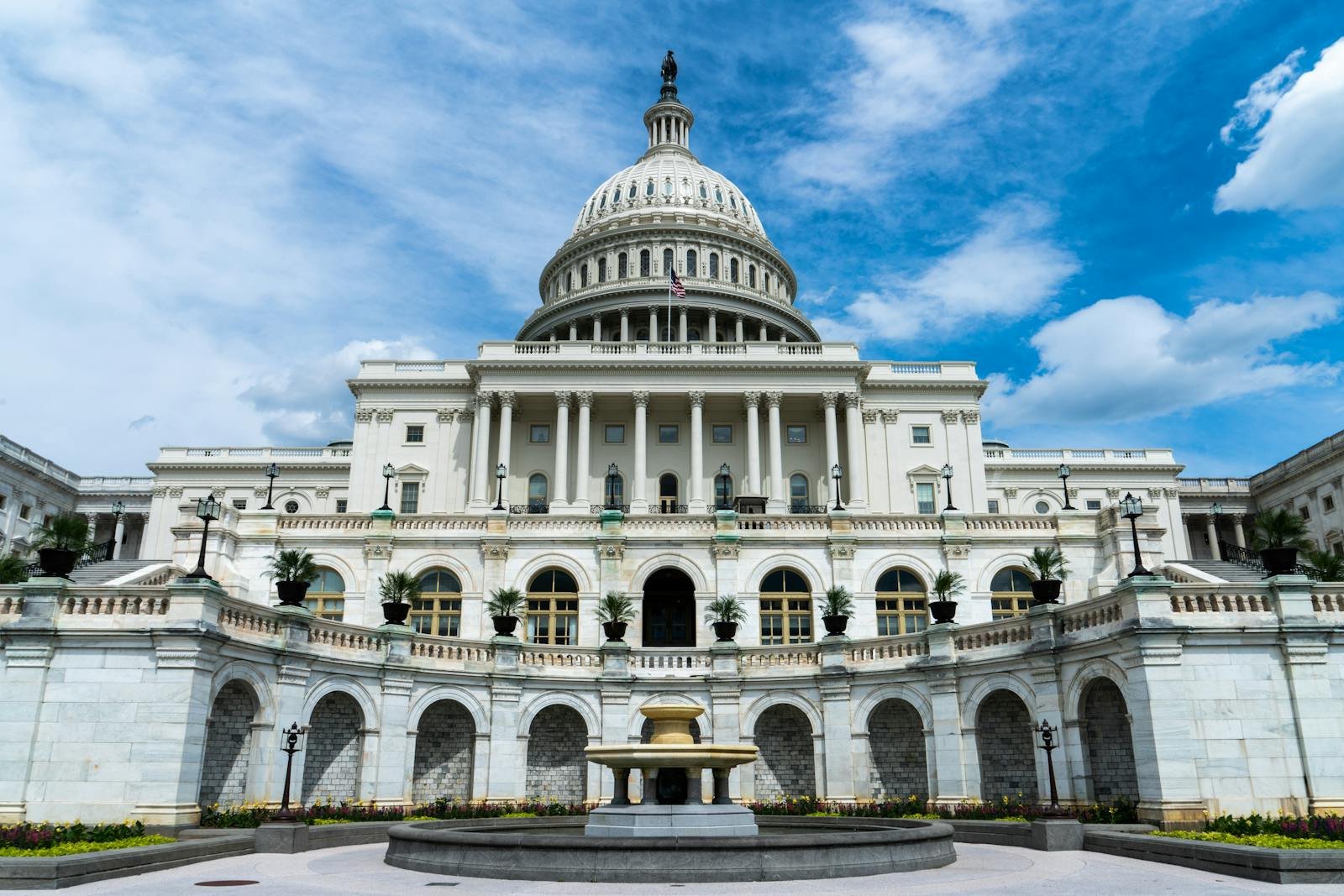Common Sense for Reclaiming American Identity
The root story of our United States is not inscribed by the ink of institutions but by the bold strokes of individuals who dared to dream of a better tomorrow. Our nation was forged in the fires of rebellion, a spirit captured eloquently by Thomas Paine in Common Sense. Paine’s words rang like the crack of a musket shot, awakening a people bound by the chains of oppression yet determined to break free. He gave voice to the first Americans—British-born but becoming American in heart—who stood for something entirely new: liberty, independence, and a government by the people, for the people.
Paine wrote, “We have it in our power to begin the world over again.” These words defined what it means to be American. The first citizens of this land didn’t see themselves as subjects; they saw themselves as free men and women, not defined by the Crown but by their own will to govern their lives and shape their destinies. This marked the birth of a culture of resistance against any force that sought to limit the human spirit from reaching its potential.
Yet, as we stand centuries later, we find ourselves in a paradox. While we are no longer bound by colonial rule, we face an insidious form of division—not by race or ethnicity but by institutions that claim to define the American Dream for us. These institutions assert they hold the keys to our individual success, prosperity, and identity. We are confined by labels, sectors, and ideologies that pit us against one another in an institutionalized identity crisis, asking us to choose sides when we should be standing together to uplift one another.
America was never about We the Institution. It has always been about We the People. The strength of our nation comes not from institutions but from the diversity of its citizens, unified by a common purpose: to be free, to be heard, to reach our potential, and to be part of something greater than ourselves. The American Dream, at its core, is not about wealth or power; it’s about opportunity and unity. It is a dream that says the farmer in Kansas, the factory worker in Detroit, the immigrant in New York, and the entrepreneur in California all share in the same hope—that each of us, regardless of our background, can find a place in this land to build a life worth living.
In this spirit of unity, figures like Eleanor Roosevelt and Gerald R. Ford embody the essence of bipartisan leadership. Roosevelt’s commitment to human rights and global cooperation laid the groundwork for the United Nations, establishing a framework that transcends national boundaries to promote peace and security. Ford’s bipartisan approach reminds us that true leadership often requires collaboration across the aisle, recognizing that our shared humanity must prevail over partisan divisions. Together, they showcased the power of uniting diverse perspectives to address complex global challenges, reinforcing the idea that our collective strength lies in cooperation.
Consider the words of Eleanor Roosevelt: “It is better to light a candle than to curse the darkness.” This embodies the spirit of pragmatic unity, where individuals come together to foster hope and progress rather than focusing on division and despair. Their collaboration during a time of great uncertainty reminds us that true leadership often arises when diverse groups unify around common goals, regardless of their political affiliations.
As new generations take their place in this ever-evolving landscape, we must emphasize the importance of leadership succession—passing down the values and principles that define our nation. Just as Paine and his contemporaries laid a foundation for a new society, today’s leaders must cultivate a culture of mentorship and guidance to prepare future generations for the challenges ahead. The continuity of visionary leadership ensures that the ideals of liberty and equality endure, adapting to the needs of a diverse populace while maintaining the core principles that bind us together.
We must remember that America is more than a collection of institutions, industries, and ideologies. It is a living, breathing entity, a melting pot of cultures, languages, and creeds, serving as a lighthouse of hope for the oppressed. But that light dims when we forget who we are.
We must reject the idea that our dreams can be defined by anyone but ourselves. The American Dream is not owned by governance, corporations, universities, or think tanks. It belongs to the people. We must return to the notion that we define America, just as those first patriots did when they collectively stood against the greatest empire in the world to declare themselves free.
Paine’s generation had a clarity of purpose because they knew what they were fighting for—life, liberty, and the pursuit of happiness. They recognized that tyranny could wear many masks, and they chose to see beyond them, uniting each soul in one nation. Today, we are not fighting against a foreign oppressor, but we are nonetheless fighting. We are fighting for unity in an era that tries to segregate us by our institutions, attempting to label success by metrics that often feel distant from the heart of the American Dream.
The American Dream is not a job title, a paycheck, or a degree. It is the shared promise of freedom—the freedom to be who we are without apology, the freedom to believe in a future where we all rise together. It embodies the spirit of collaboration, not competition, the spirit of shared sacrifice, not isolated success.
As we look forward, let us remember where we came from. We are not just a country built on rebellion but on the radical notion that unity is possible, even in our differences. The fabric of our nation is woven from every thread of the world, making us both resilient and diverse. Just as those first Americans stood together to declare their independence, so too must we stand today—united, not by our institutions, but by our shared humanity.
In the end, we must ask ourselves: What does it mean to be American? It means to dream, to strive, and to resist anything that seeks to limit our potential. It means understanding that the American Dream is not just for some—it is for all of us. Let us reignite that spirit and once again become a nation defined by We the People, not by those who seek to divide us. Only then will the light of our beacon shine bright enough to guide the world, as it has always done.
As we reflect on our shared journey, let us take inspiration from the words of Martin Luther King Jr.: “Injustice anywhere is a threat to justice everywhere.” This reminder implores us to embrace a united front, fostering a sense of collective responsibility that extends beyond our immediate communities to encompass our nation as a whole. Together, we can illuminate the path toward a brighter future, demonstrating that the American Dream is not merely an aspiration but a shared commitment to creating a land where everyone thrives.
Elizabeth Graham is a visionary strategist, researcher, and educator with over a decade of experience driving leadership development and organizational success.
Related Essays





